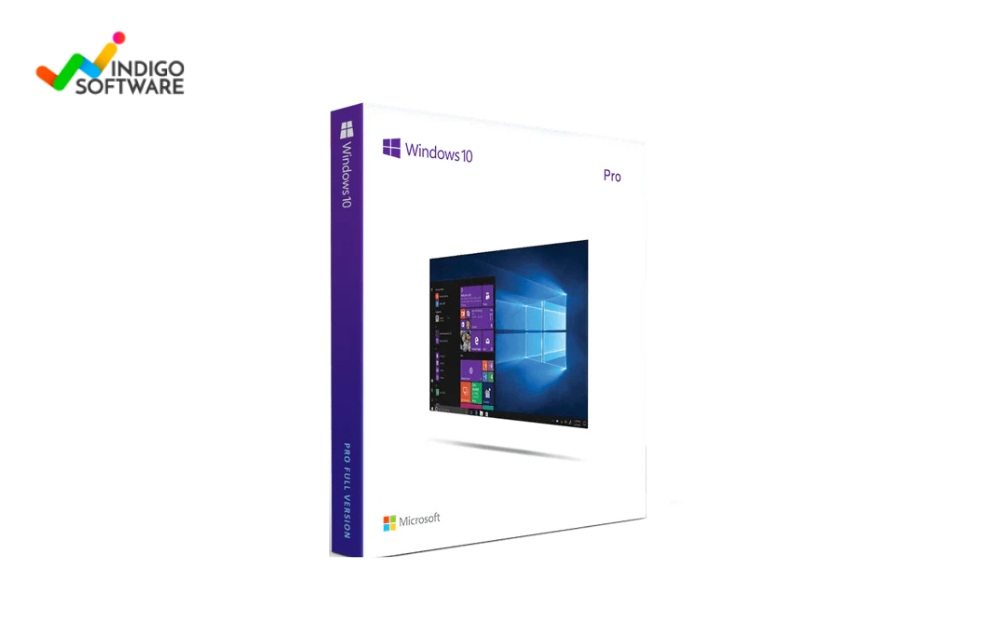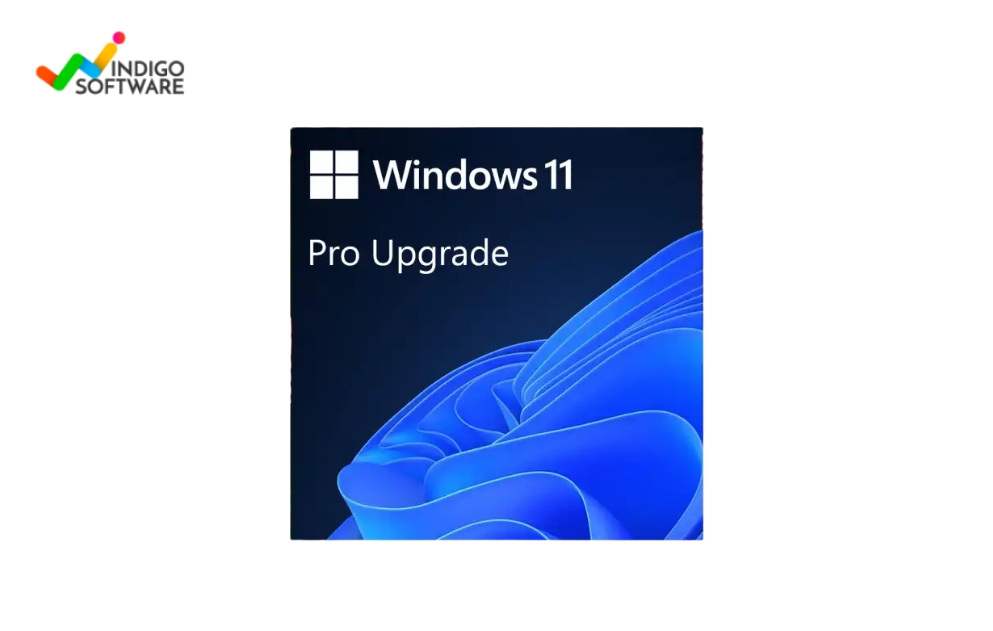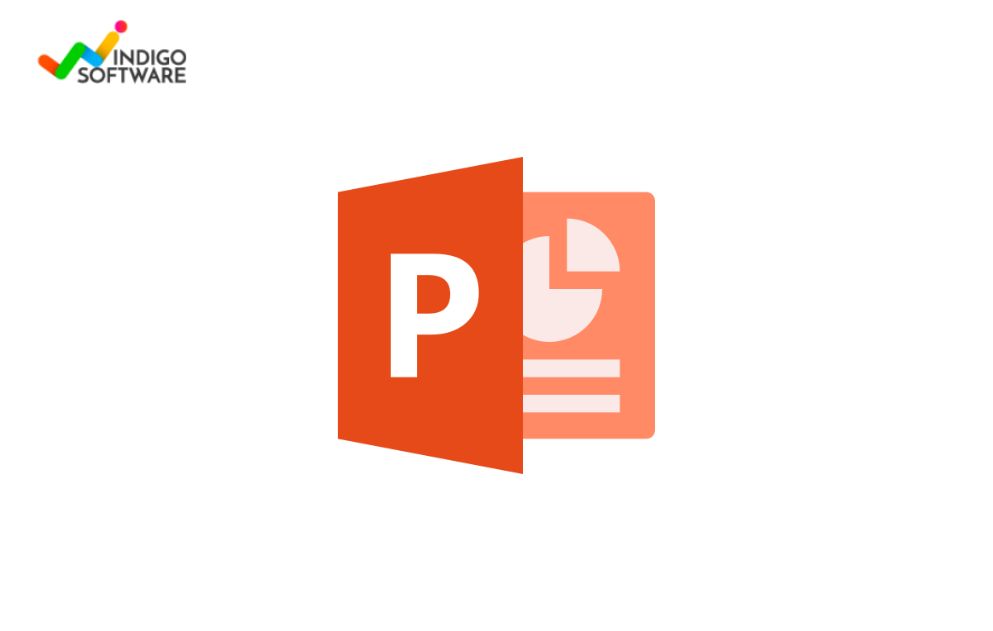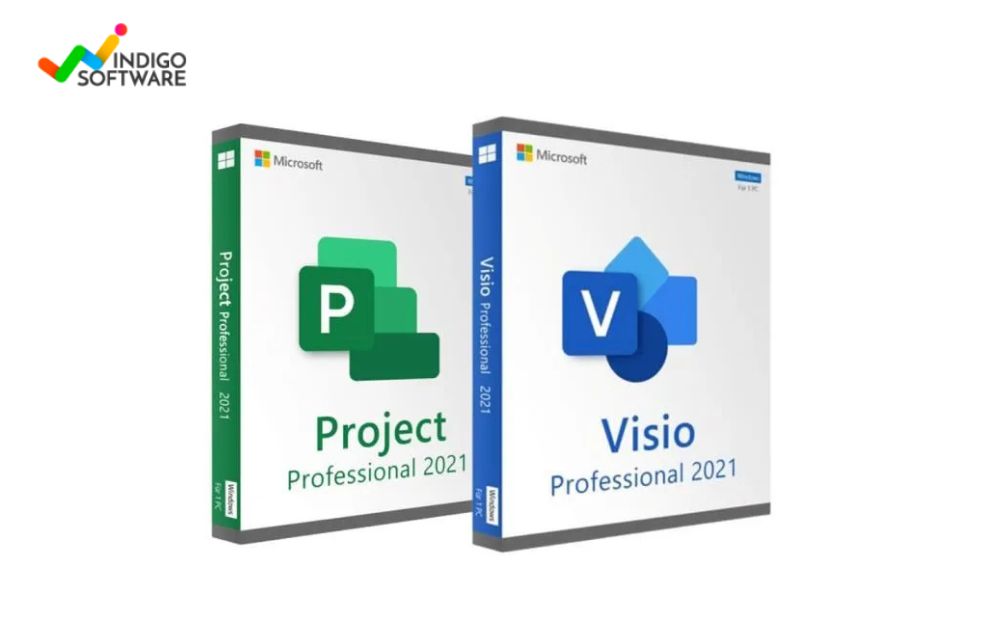How to Buy Windows Server: A Complete Guide
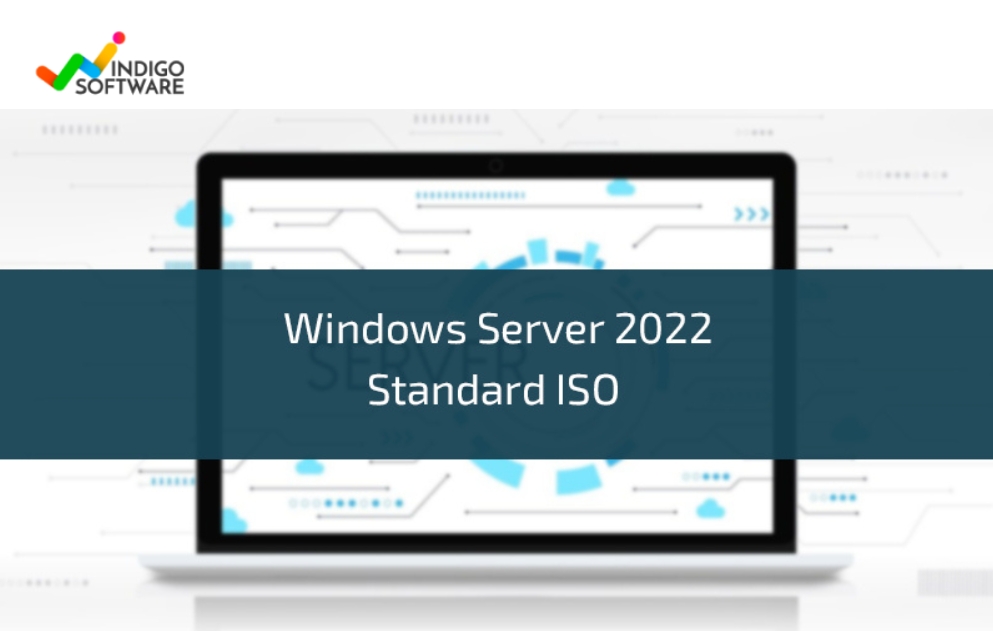
Strong 8k brings an ultra-HD IPTV experience to your living room and your pocket.
Whether you're setting up a business network, running virtual machines, or managing databases, Windows Server is a powerful backbone for many IT infrastructures. But if you’re planning to buy Windows Server for the first time or even if you’ve done it before—the process can feel overwhelming. With multiple editions, licensing models, and deployment options, making the right choice requires a clear understanding of your needs.
In this complete guide, we’ll break down the key considerations, versions, and Windows Server buying options so you can confidently make the right decision for your organization.
Why Windows Server?
Before we dive into the “how,” let’s cover the “why.” Microsoft’s Windows Server platform is widely used for:
Hosting websites and web applications
Managing user access and permissions (Active Directory)
Running virtual machines
File and print sharing
Enterprise-level security and networking features
Its reliability, compatibility with existing software, and strong support ecosystem make it the go-to solution for businesses of all sizes.
Step 1: Understand Your Needs
The first step in purchasing Windows Server is understanding what you need it for:
Are you a small business with fewer than 25 users?
Do you need remote access or virtualization features?
Are you setting up cloud-hybrid infrastructure?
Do you need licensing for multiple servers or just one?
Your answers will guide you toward the right edition and license type.
Step 2: Choose the Right Edition
There are several Windows Server buying options, each designed for different use cases:
Windows Server Essentials
Best for small businesses with up to 25 users and 50 devices
Simple setup and management
Lower cost
Limited to one server instance
Windows Server Standard
Suitable for businesses with more advanced needs
Supports basic virtualization (up to 2 VMs)
Requires Client Access Licenses (CALs)
Ideal for lightly virtualized environments
Windows Server Datacenter
Built for highly virtualized or cloud-based infrastructures
Unlimited virtual machine rights
Advanced security and software-defined networking features
Also requires CALs
Choosing between these options is one of the most important steps when you buy Windows Server, as pricing and capabilities vary significantly.
Step 3: Licensing and CALs Explained
When purchasing Windows Server, you’ll likely encounter the term Client Access Licenses (CALs). Here's what you need to know:
User CALs: License a user to access the server from any device.
Device CALs: License a device, regardless of how many users access it.
Most organizations will need to purchase CALs in addition to the Windows Server license, especially for the Standard and Datacenter editions. Always consider your current and projected user/device count when evaluating your Windows Server buying options.
Step 4: Choose the Right Purchase Channel
There are several ways to buy Windows Server, and the right one for you will depend on your organization’s structure and needs:
Retail/Boxed Copies
Available through authorized resellers or Microsoft Store
Ideal for small businesses or one-off purchases
Comes with physical media or digital download options
Volume Licensing
Designed for medium to large organizations
Discounts available for bulk purchases
Includes Software Assurance for updates and support
Requires working with a Microsoft Licensing Solution Partner (LSP)
OEM Licenses
Pre-installed on server hardware by the manufacturer
Usually the least expensive option
License is tied to the hardware (non-transferable)
Cloud and Subscription Models
Available via Microsoft Azure or CSP (Cloud Solution Provider) partners
Flexible pay-as-you-go pricing
Ideal for hybrid or cloud-native environments
Evaluating all these Windows Server buying options ensures you choose the most cost-effective and scalable approach.
Step 5: Decide Between On-Premises vs. Cloud Deployment
Are you installing Windows Server on your own physical infrastructure or in the cloud?
On-Premises
Greater control over hardware and configuration
Requires ongoing maintenance and security
Cloud (Azure)
Scalable, pay-as-you-use model
No hardware investment required
Integrates well with Microsoft’s broader ecosystem
Some businesses choose a hybrid model, combining on-premises servers with cloud services for redundancy, flexibility, or compliance reasons.
Step 6: Verify Compatibility and Support
Before finalizing your purchase:
Check hardware compatibility using the Windows Server Catalog
Verify software compatibility, especially for custom or legacy applications
Review Microsoft’s support lifecycle to ensure long-term support
Tips for Smart Windows Server Purchases
Plan for growth: Consider future scalability and user/device expansion.
Bundle wisely: Look for bundles that include CALs or additional features.
Evaluate Software Assurance: This can provide upgrades, support, and training.
Consult an expert: Licensing can be tricky—don’t hesitate to reach out to a Microsoft partner for guidance.
Conclusion: Buy with Confidence
Knowing how to buy Windows Server isn’t just about finding a product key—it’s about aligning your technology with your business goals. By understanding your needs, exploring your Windows Server buying options, and planning for the future, you can make a smart, scalable investment in your IT infrastructure.
Purchasing Windows Server the right way will give you peace of mind, better performance, and a platform that grows with your business.
Note: IndiBlogHub features both user-submitted and editorial content. We do not verify third-party contributions. Read our Disclaimer and Privacy Policyfor details.



